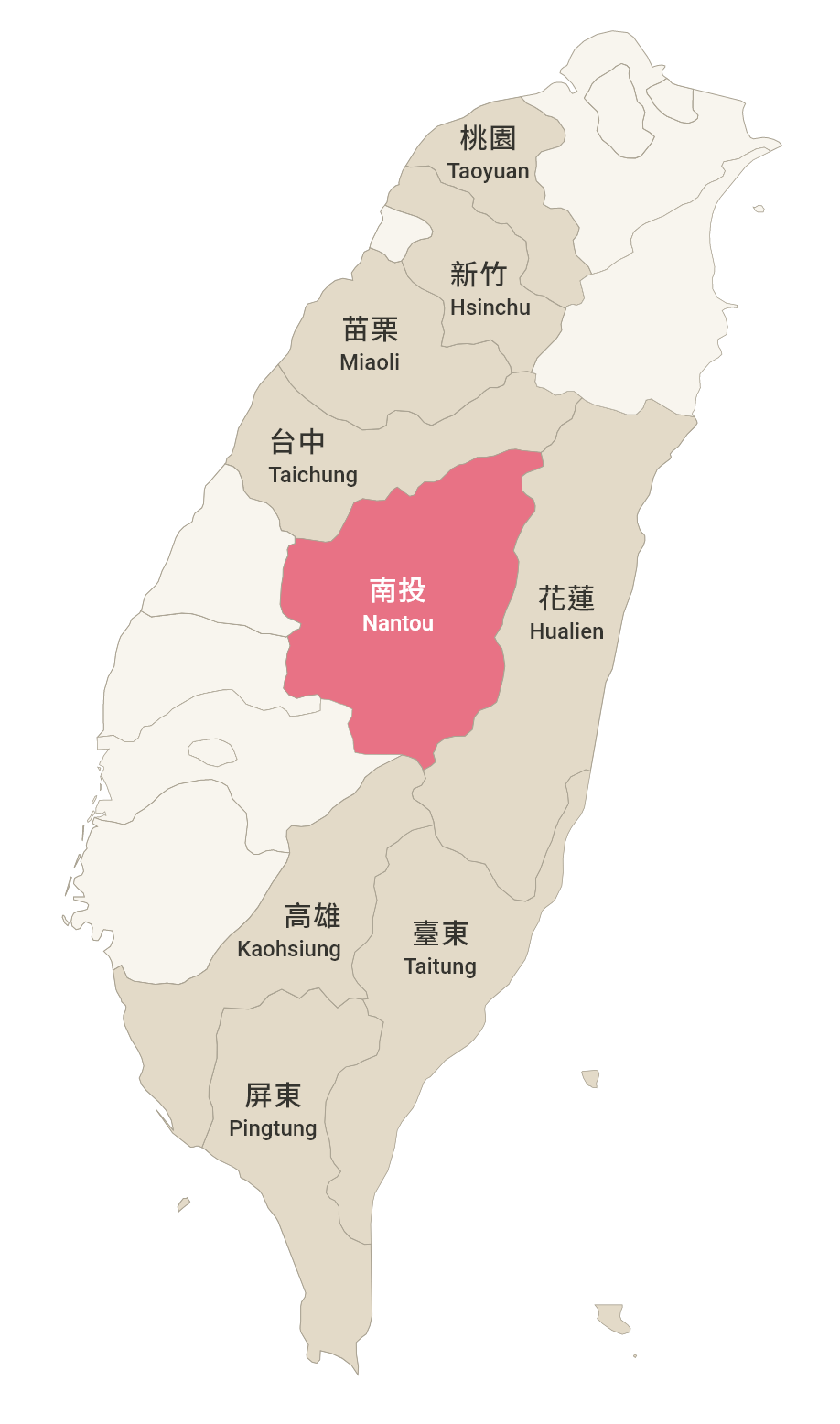Good
Shuili was once a thriving hub for the camphor industry, driven by the collective efforts of Hakka settlers, which also boosted the local forestry industry. Even after the decline of the camphor industry, the residents demonstrated the resilient Hakka spirit as they shifted to growing cocoa and spices. Shuili is also known for producing plums, tea, shiitake mushrooms, and velvet antlers. Annual events such as the Plum Blossom Viewing in January, the Velvet Antler Festival in March, the Hakka Tung Blossom Festival in April, and the Coffee Evaluation in June are well worth participating in.
- The Lai Family Ancestral House, with its red tile roofs and white walls, has a history spanning over a century. This traditional three-sided courtyard house includes the main hall and side wings. Despite renovations, it still retains its original appearance, showcasing the beauty of historic three-sided courtyard architecture.
- On the road from Shuili to Checheng, you can find two Earth God temples standing side by side. This unique sight, known as the "Twin Earth God Temples," is rare in Taiwan. Originally, this was a Hakka settlement that relocated due to the construction of a power plant. The original Earth God temple remained in place, and a new stone Earth God temple was built next to it, creating the intriguing scene of two neighboring Earth God temples.
- Located at the southernmost tip of Shuili, Shang'an Hakka Village is a quaint and simple town. The village features the Shuili Magpie Bridge, which serves as an emergency external route and has become a local attraction. In Shang'an, visitors can experience Hakka hospitality by participating in DIY activities such as fruit picking, tea making, and cultivating mushrooms. Don't forget to take home a "Dai Dai Pencil," made from plum branches, as a souvenir.

